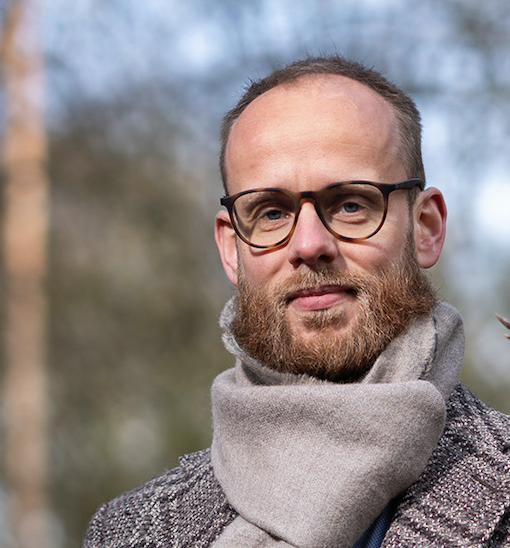ISSUE #113 – REAL FAKE NEWSLETTER
May 30, 2023
In a world where artificial intelligence (AI) is playing an increasingly significant role, a new reality is emerging. In this reality, the line between real and fake is not always clear, and lies prevail. An extremely powerful example of this phenomenon is the AI-generated photo of an explosion near the Pentagon that was circulated on social media last Monday. This fake image briefly caused a loss of $500 billion in market value. This event demonstrates how fake news, fueled by AI and social media, can have real global effects. As a society, we are not prepared for this fake reality.

In the early morning of May 22, 2023, Twitter was flooded with images of an alleged explosion near the Pentagon. The photo, bearing all the characteristics of an image generated by artificial intelligence, was shared by numerous verified accounts, including one falsely claiming affiliation with Bloomberg News. The immediate consequence was a brief dip in the stock market, causing the S&P 500 stock index to temporarily drop by 30 points, resulting in a loss of $500 billion. Fortunately, the market recovered after four minutes.
The French philosopher Jean Baudrillard predicted these fake events. He argued that we live in a consumer society saturated with signs, symbols, simulations, and simulacra (copies that have no direct relationship to the original), making it increasingly difficult to derive meaning from all this information. The lie of the image is so absolute that it results in the “perfect crime.” It signifies the “murder of reality.” Reality becomes nothing more than what is simulated or copied, and genuine life becomes a mere spectacle. Baudrillard called this “hyperreality.” The generated fake photo of the explosion near the Pentagon perfectly fits his theory because it created a perception of an event that did not exist. It was not a response to an actual catastrophe but rather a perception of a catastrophe, created and amplified by media channels. Even after official sources debunked the image, it continued to circulate and even reached television screens in India.
The fake Pentagon incident demonstrates the power of images and narratives, whether real or not. They can shape how the public perceives something and influence real-world outcomes. The temporary stock market dip was a tangible result of this fake event. It highlights the significant influence of social media, the risks of AI-generated content, and the abuse of new features such as Twitter’s paid verification system. A blue checkmark on Twitter was once a symbol of authenticity, but now it merely indicates that the account owner pays for Twitter’s premium service.
We live in a time where the artificial can have real repercussions, where fake images can lead to genuine panic, and where the boundaries between real and fake are blurring. AI is evolving rapidly, almost exponentially, and we must carefully consider its implications for our understanding of reality, how we navigate existing and new media landscapes, and our approach to technology that enables the creation of influential fake images. This won’t be the only pseudo-event; in the future, we will increasingly encounter such incidents.
To paraphrase Baudrillard: simulacra do not hide the truth – they reveal that there is no truth. The explosion at the Pentagon never happened, but the truth is that it didn’t need to occur for the consequences to be felt.
XXX
The above article has been translated into English and given to Wondercraft.ai. The AI behind this podcast tool has read the article, scripted it, and added voices and underlying music. Within a few minutes, an English podcast was generated for me. The result can be listened to below. I was blown

 English | EN
English | EN 